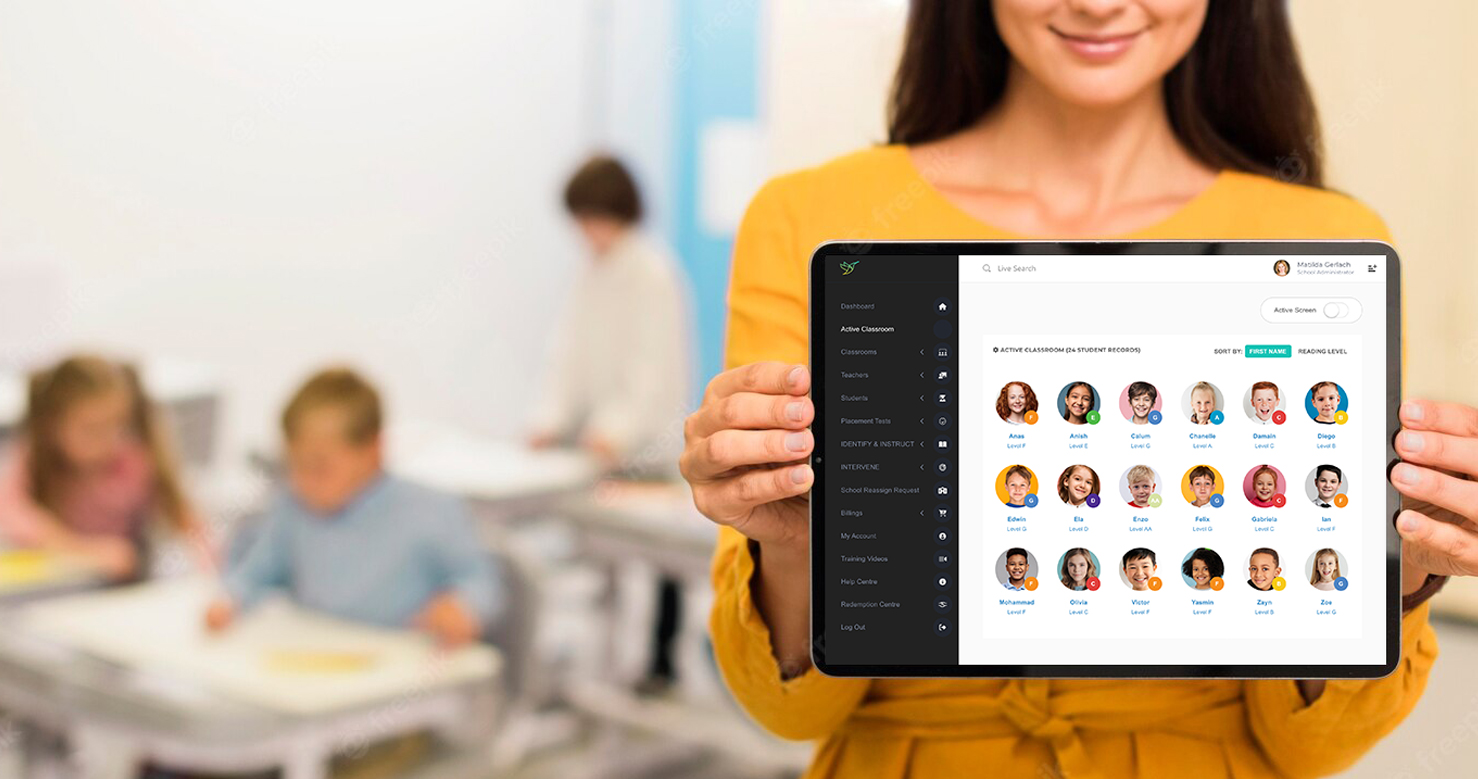EMPOWER YOUR CHILD WITH KEY STRATEGIES FOR READING SUCCESS.
Our series of reading strategies are backed by current research and designed to address gaps in basal or core reading programs. Our comprehensive approach covers a range of areas essential for reading success, including literal comprehension, inferential comprehension, text structure and organisational patterns, vocabulary and concept development, and metacognitive strategies.
IGNITE THE JOY OF READING WITH BRIGHT ISLANDS COMPLETE COMPREHENSION (COCO)!
Our Bright Islands CoCo assessments are specifically designed to test student comprehension of these crucial reading strategies. The number of strategies presented in each level is tailored to students’ comprehension ability. Level AA focuses on six of the twelve main reading strategies, including pre-reading and listening skills guided by visuals and teachers. Level A covers eight strategies, while levels B-I cover all twelve strategies. In pre-reading levels, the strategy names are adjusted slightly to accommodate varying comprehension abilities.
Don’t miss out on the opportunity to improve your students’ overall reading comprehension and boost their test success with Bright Islands CoCo.



